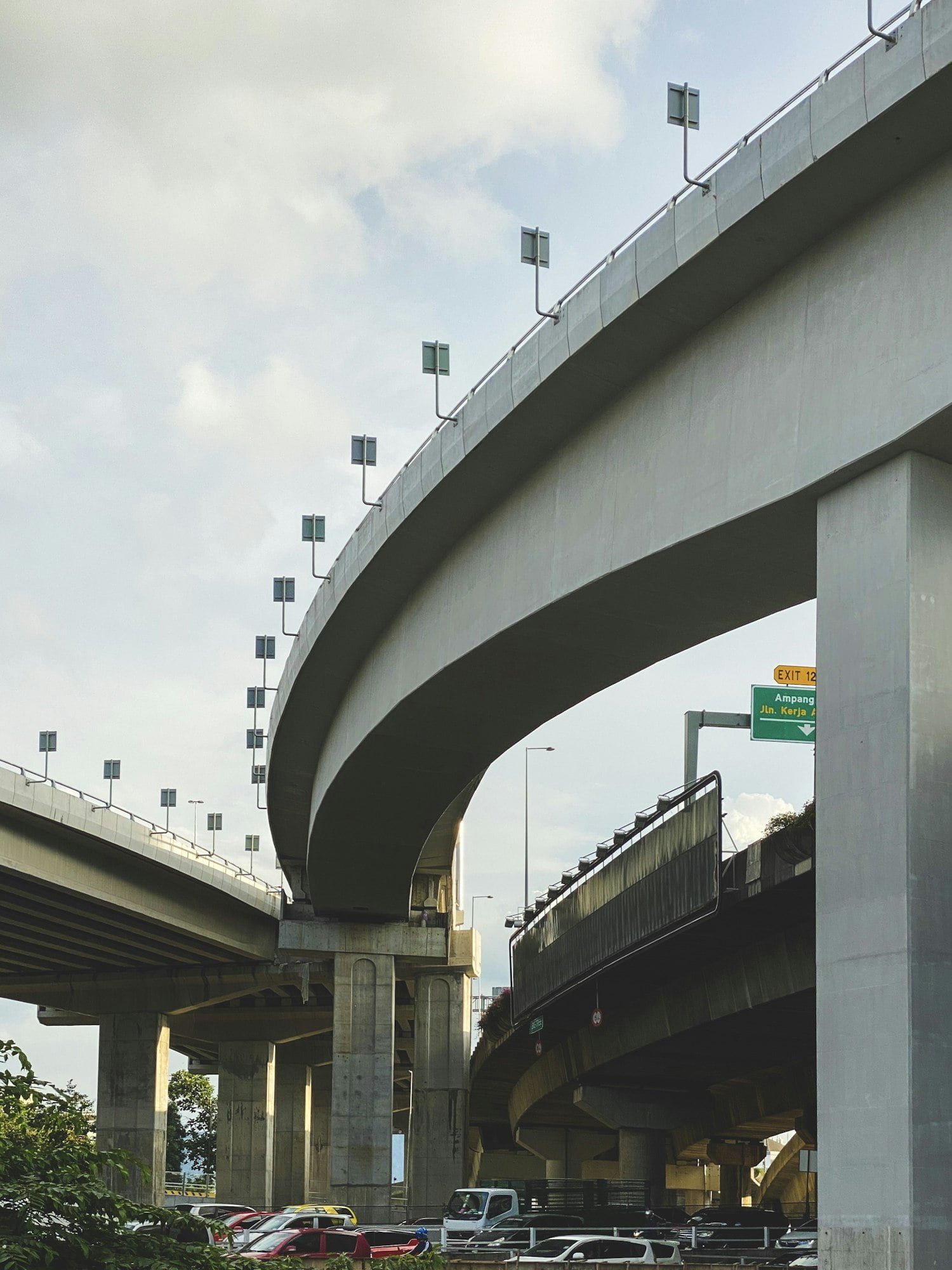Driving Efficiency: AI Solutions for Reducing Traffic Jams
Automotive AITable of Contents
Introduction
In the modern era, where urbanization is on the rise and road networks are becoming increasingly congested, the need for innovative solutions to alleviate traffic jams has never been more urgent. Artificial Intelligence (AI) emerges as a powerful tool, offering real-world applications and tangible benefits in the quest to reduce congestion and improve traffic flow on our roads.
Unveiling AI Solutions for Reducing Traffic Jams
The Role of AI in Traffic Management
AI plays a pivotal role in traffic management by leveraging advanced algorithms to analyze real-time traffic data and make dynamic adjustments to traffic signals, routing, and infrastructure. By processing vast amounts of data and identifying patterns and trends, AI enables traffic control systems to optimize traffic flow and mitigate congestion effectively.
Real-World Applications of AI in Traffic Management
AI is being applied in various ways to reduce traffic jams and enhance mobility on our roads. One such application is predictive analytics, where AI algorithms analyze historical traffic data to forecast traffic patterns and anticipate congestion hotspots. Additionally, AI-powered traffic signal control systems dynamically adjust signal timings based on traffic flow, minimizing delays and improving overall traffic flow.
Benefits of AI Solutions for Reducing Traffic Jams
Improved Traffic Flow and Efficiency
By optimizing traffic flow and reducing congestion, AI solutions improve overall traffic efficiency, leading to shorter travel times and smoother journeys for commuters. By minimizing stop-and-go traffic patterns and reducing idling time, AI helps alleviate gridlock and keep traffic moving steadily.
Enhanced Safety and Reliability
AI-powered traffic management systems enhance safety on the roads by identifying potential hazards, such as accidents or obstacles, and alerting authorities and drivers in real-time. Additionally, AI algorithms optimize traffic signal timings to reduce the risk of collisions and improve pedestrian safety at intersections, making roads safer for everyone.
Implementing AI Solutions for Reducing Traffic Jams
Integration with Smart Infrastructure
To fully leverage the potential of AI in reducing traffic jams, cities need to invest in smart infrastructure that can support AI-powered traffic management systems. This includes deploying sensors, cameras, and other IoT devices to collect real-time traffic data and transmit it to centralized AI platforms for analysis and decision-making.
Collaboration and Partnerships
Successful implementation of AI solutions for reducing traffic jams requires collaboration and partnerships between city authorities, technology providers, and transportation agencies. By working together, stakeholders can share resources, expertise, and best practices to create more efficient and intelligent transportation networks.
Conclusion
As we navigate the challenges of urban congestion and strive to create more efficient and sustainable transportation systems, AI emerges as a powerful ally. By harnessing the capabilities of AI, cities can reduce traffic jams, improve traffic flow, and enhance mobility on our roads, paving the way for a smoother and more enjoyable commuting experience for all.
FAQs:
How does AI help reduce traffic jams?
AI analyzes real-time traffic data and makes dynamic adjustments to traffic signals, routing, and infrastructure to optimize traffic flow and minimize congestion effectively.
What are some real-world applications of AI in traffic management?
AI is applied in predictive analytics to forecast traffic patterns, AI-powered traffic signal control systems to dynamically adjust signal timings, and AI algorithms to identify potential hazards and enhance safety on the roads.
How do AI solutions for reducing traffic jams improve safety?
AI-powered traffic management systems identify potential hazards, optimize traffic signal timings, and provide real-time alerts to authorities and drivers, enhancing safety on the roads and reducing the risk of accidents.
What are the benefits of integrating AI with smart infrastructure?
Integrating AI with smart infrastructure enables cities to collect real-time traffic data, analyze it using AI algorithms, and make dynamic adjustments to traffic control systems, leading to improved traffic flow, reduced congestion, and enhanced mobility on our roads.
How can cities implement AI solutions for reducing traffic jams?
Cities can implement AI solutions by investing in smart infrastructure, deploying sensors and IoT devices, and collaborating with technology providers and transportation agencies to leverage AI algorithms for traffic management.
